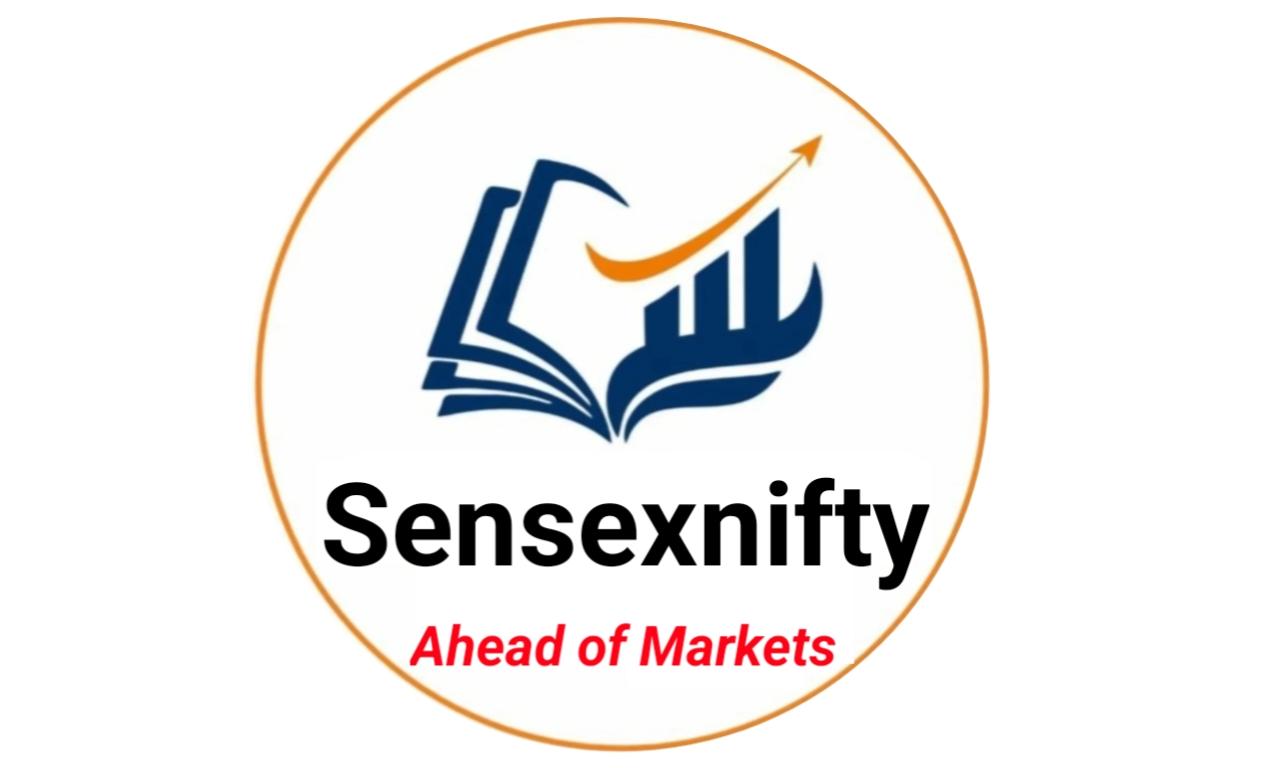
The U.S. government's recent imposition of sweeping new tariffs has sparked serious concerns about the future of global trade, consumer prices, and American competitiveness. With the weighted average tariff on U.S. imports expected to reach nearly 25 percent—a level not seen since the Smoot-Hawley Tariff Act of 1930—economists and policy analysts are warning of a potential economic shock that could impact industries, businesses, and households alike.
These tariffs are not just policy rhetoric anymore; they are reshaping trade dynamics in real time. Companies that depend on global production networks are being forced to rethink their sourcing and pricing strategies, while consumers are likely to feel the impact through higher prices. The interconnected nature of today’s supply chains means that any disruption, especially on this scale, reverberates far and wide.
Some industries are particularly vulnerable. The automotive sector, which relies heavily on cross-border supply chains, faces mounting challenges. Factories that depend on parts and components from Mexico and Canada may be forced to idle operations, potentially leading to job losses and driving up the cost of vehicles for consumers. Retailers such as Nike, who source much of their inventory from overseas, are likely to see a spike in production costs. These costs will either have to be absorbed by the company, negotiated with factories, or passed on to the end consumer. Furniture manufacturers are also bracing for impact, as the price of raw materials increases and squeezes profit margins.
For the average American consumer, the most immediate consequence is a rise in the cost of living. From groceries to electronics, the effect of higher import taxes will trickle down to everyday expenses. This poses a particular challenge for middle- and lower-income households, which tend to spend a larger share of their income on essentials.
Globally, the tariffs threaten to destabilize established supply chains. As companies scramble to adjust, the realignment could result in logistical inefficiencies and additional costs. Many businesses are now facing a stark choice between maintaining profitability and staying competitive in a volatile trade environment.
While the administration argues that tariffs will boost domestic manufacturing and protect American jobs—especially in industries like steel—experts are skeptical about the long-term benefits. Any short-term gains could be offset by increased input costs and reduced access to global markets. In many cases, the same industries expected to benefit from protectionist measures are also heavily dependent on imported components, making the outcome far from straightforward.
The unpredictability of the administration’s trade strategy is also a growing concern. The lack of a consistent framework leaves businesses struggling to plan for the future, contributing to a climate of economic uncertainty. As trade partners reconsider their relationships with the U.S., there is a real risk that America’s reputation as a stable and reliable trading partner could suffer.
Analysts are also questioning the long-term sustainability of the tariff approach. Beyond economic metrics, the broader implications for U.S. influence and global leadership are significant. As prices rise and inflation becomes more pronounced, there’s a strong possibility that consumer sentiment will sour. This, in turn, could have political consequences, especially if voters begin to associate rising costs with the administration’s trade policies.
In the end, the move toward higher tariffs represents a major pivot in U.S. trade policy—one that carries both opportunities and risks. While some domestic sectors may benefit from a more protectionist stance, the broader picture points to higher consumer costs, industry disruption, and a more volatile economic landscape. As this strategy unfolds, both businesses and consumers will be watching closely, gauging its impact on their bottom lines and everyday lives.
Disclaimer:
The information provided in this article is for general informational purposes only and does not constitute financial, legal, or economic advice. The views and opinions expressed are those of the respective commentators and sources referenced, and do not necessarily reflect the views of this blog or its authors. Readers are encouraged to conduct their own research or consult with a professional advisor before making any decisions based on the content of this article.




